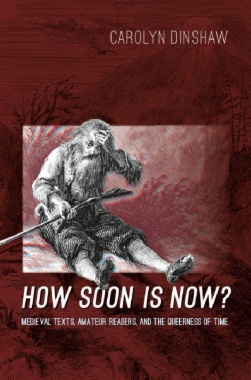In drawing or painting from live models and real landscapes, more was at stake for artists in early modern Italy than achieving greater naturalism. To work with the model in front of your eyes, and to retain their identity in the finished work of art, had an impact on concepts of artistry and authorship, the authority of the image as a source of knowledge, the boundaries between repetition and invention, and even the relation of images to words. This book focuses on artists who worked in Italy, both native Italians and migrants from northern Europe. The practice of depicting from life became a self-conscious departure from the norms of Italian arts. In the context of court culture in Rome and Florence, works by artists ranging from Caravaggio to Claude Lorrain, Pieter van Laer to Jacques Callot, reveal new aspects of their artistic practice and its critical implications.
- Title
- Copyright Page
- Acknowledgements
- Table of Contents
- Illustration List
- Introduction: From Life
- Art, Miraculously, without Art
- Art and Illusion: the problematic history of representing the real
- Works Cited
- 1.Caravaggio’s Physiognomy
- Caravaggio, dal vivo and naer het leven. Fruit, flowers, and books as models
- Caravaggio physiognomizes himself.
- Me, myself and my opposite
- Faces, Vessels
- Works Cited
- 2.Jacques Callot, Drawing Dal Vivo in 1620: Commerce in Florence, Piracy on the High Seas
- Jacques Callot and drawing in Florence
- The ‘Callot’ album of 1620 and Callot’s Florentine work of 1617–1620
- Unseen Topographies
- Topographic landscapes as evidence: espionage
- Commerce or virtue? The Fair at Impruneta
- The icon as model for the image made dal vivo: the fecundity of images made ‘from life’
- Works Cited
- 3.Jacques Callot’s Capricci di varie figure (1617):
The Allusive Imagery of the Everyday,
Represented ‘from Life’ and Emulating a Text
- The Printed Series as a Sequence
- Exhortations to a young prince
- The Prince’s mirror
- Capriccio: Caperings of Goats, a Fecal Fecundity of Wit, and ‘Sterile
Genius’
- Works Cited
- 4.The Motif of the Shooting Man, and Capturing the Urban Scene: Claude Lorrain and the Bamboccianti
- Northerners sketching and painting from life in 1630s Rome: the human geography of the city
- Topography and the Blind Zone: Bifocal Perspective in the Works of Claude and the Bamboccianti
- A ‘Speaking’ Topography
- Works Cited
- 5.The absent eyewitness: the Revolt of Masaniello and depiction dal vivo in the middle of the seventeenth century
- Artist and military engineer, chorography and geography
- Claude Lorrain’s classicism: topographies of the imaginary
- Works Cited
- Conclusion
- Index

